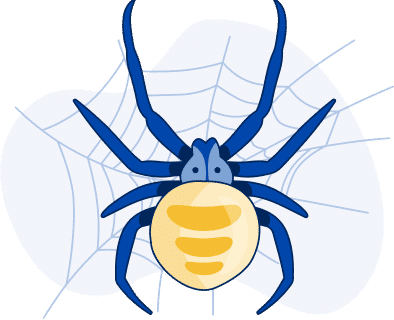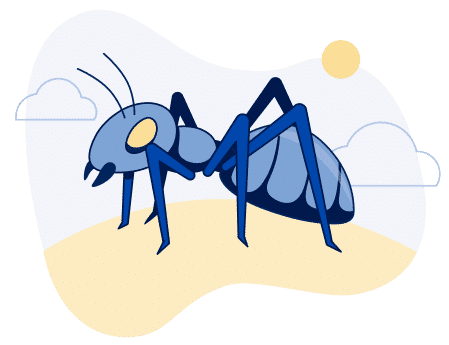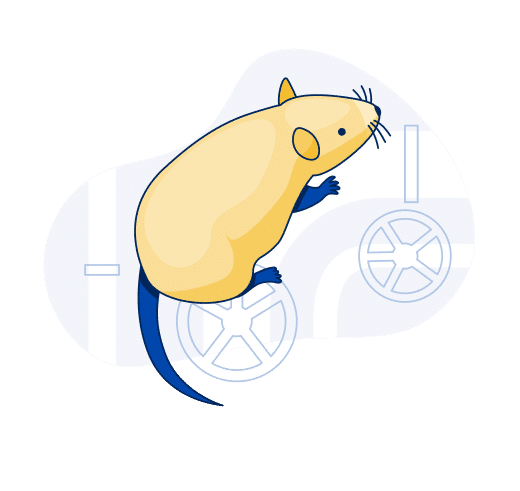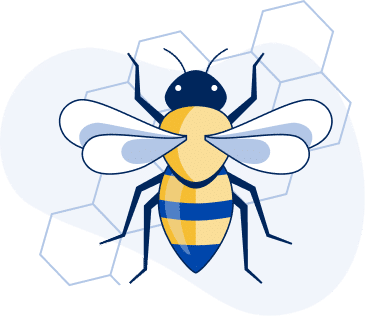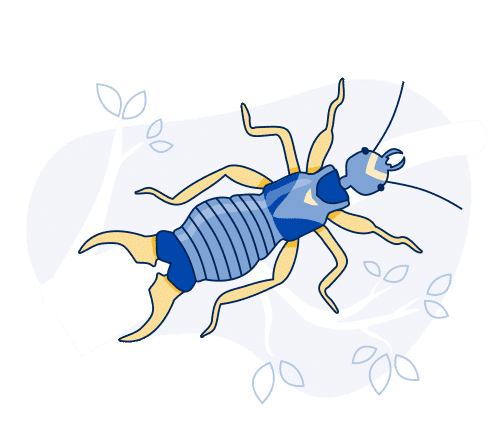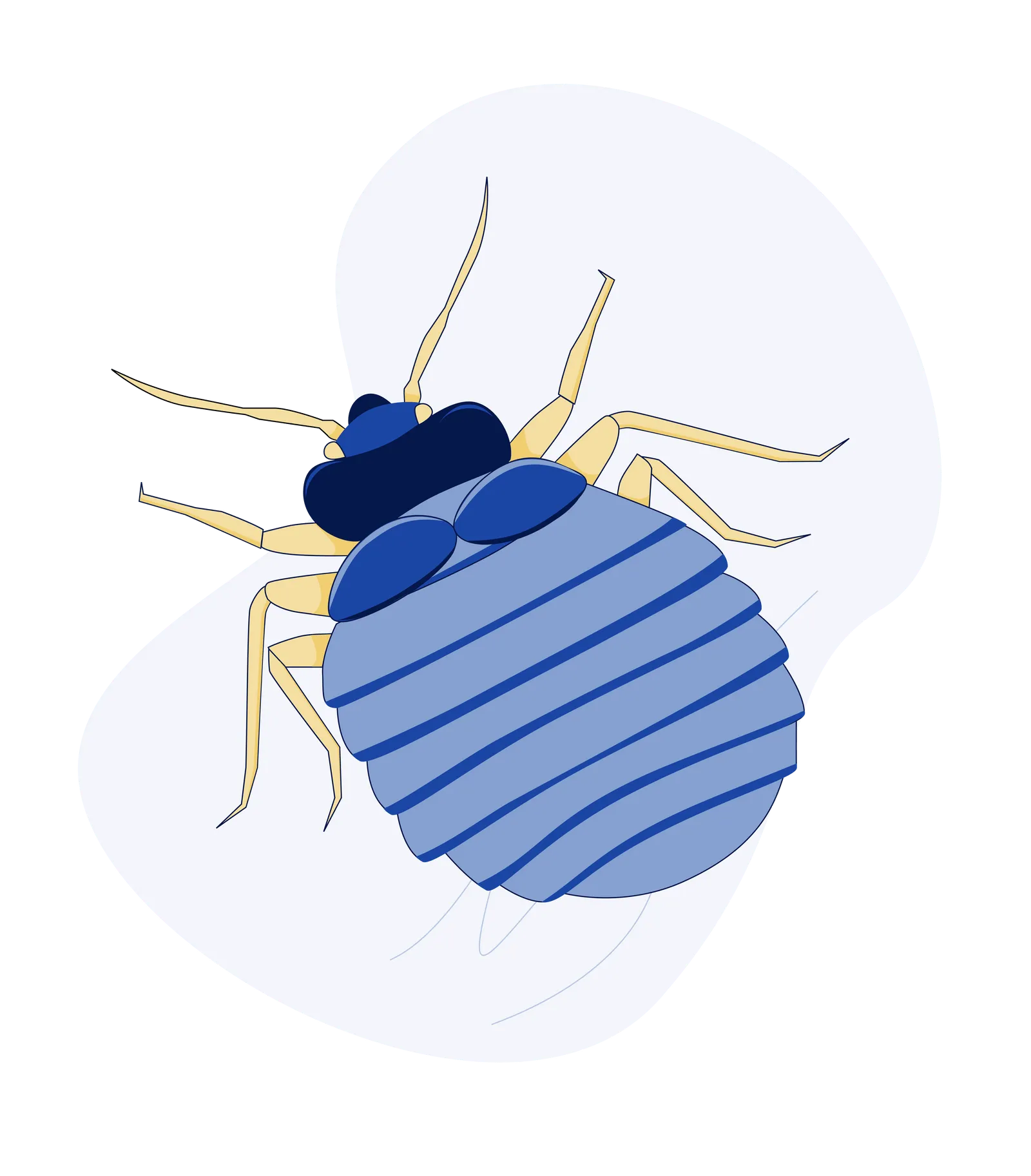When Are Termites Most Active in Provo?
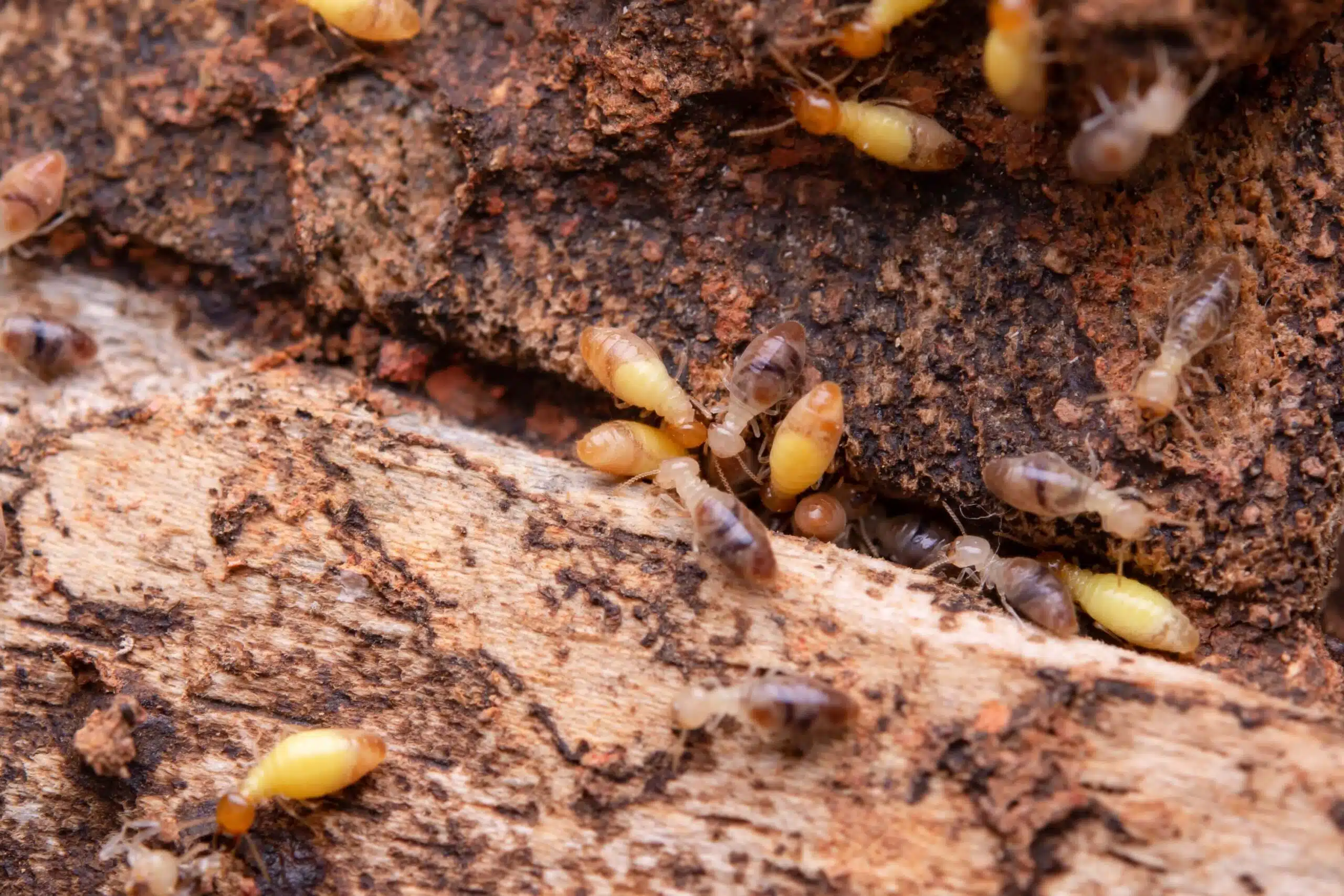
Provo, Utah, is celebrated for its vibrant community events like the Freedom Festival and beautiful natural spots such as Utah Lake and the Provo Canyon. However, beneath this picturesque surface lies a hidden threat: termites.
Termites can cause significant damage to homes and businesses, making it crucial for property owners in Provo to understand when termite activity peaks. By analyzing local data and seasonal trends, homeowners can better prepare and protect their properties from infestations. In this article, we’ll explore the patterns of termite activity in Provo, backed by statistics, to help you stay ahead of these destructive pests.
Understanding Termite Activity in Provo
Termites Utah are notorious for their ability to silently inflict damage on wooden structures. They are active year-round, but their behavior shifts with the seasons. In Provo, where the climate varies throughout the year, understanding when termites are most active is essential for effective pest control.
1. Spring (March to May)
Spring marks the beginning of increased termite activity in Provo. According to local pest control services, termite swarming starts in late March and peaks in April and May. During this period, termites emerge from their nests to reproduce and establish new colonies. The warmer temperatures and higher humidity levels in spring create ideal conditions for termite swarms.
In April, Provo sees a significant increase in termite swarms compared to winter months, with peak activity occurring around mid-April. The average April temperatures in Provo, ranging from 45°F to 65°F, combined with increased rainfall, contribute to these high levels of termite activity.
2. Summer (June to August)
Termite activity remains high during the summer months, although it can vary. Warm temperatures and moisture from summer rains continue to support termite activity. Provo’s average summer temperatures, reaching the mid-80s, combined with occasional thunderstorms, create favorable conditions for termites.
In summer, termite-related calls to local pest control companies typically rise compared to spring. This increase is linked to the sustained warmth and humidity, with average temperatures peaking at 85°F and humidity levels around 40-50%.
3. Fall (September to November)
As temperatures cool in the fall, termite activity begins to decrease. Provo’s fall weather, with temperatures dropping to the 50s and 60s, still supports some level of termite activity. Fall is a transitional period during which termites may continue to forage for food and prepare their colonies for winter.
According to local pest control records, termite activity typically decreases in the fall compared to the summer. However, higher-than-average termite sightings are often reported in early September, when temperatures remain in the 60s and rainfall continues to support termite activity.
Winter is generally the least active period for termites in Provo. Cold temperatures and reduced humidity slow down their metabolism and activity levels. However, termites can still be a problem if they have established colonies within the warmth of buildings.
Termite activity drops significantly in winter compared to fall, with reductions in swarm sightings. Provo’s winter temperatures, averaging between 20°F and 40°F, contribute to the lower activity levels.
Factors Influencing Termite Activity in Provo
Several factors influence termite activity throughout the year in Provo, including a combination of environmental and climatic factors. Understanding these factors can help homeowners predict and manage potential infestations more effectively.
Temperature
Termites thrive in temperatures between 70°F and 90°F. Provo’s seasonal temperature fluctuations impact termite activity, with higher activity observed in spring and summer.
Humidity
Termites require moisture to survive. Provo’s humidity levels rise during spring and summer, creating favorable conditions for termite activity. Conversely, lower humidity in winter reduces activity.
Rainfall
Increased rainfall in summer and fall can lead to higher termite activity by enhancing soil moisture and supporting colony growth. Provo’s rainfall patterns contribute to seasonal variations in termite activity.
Practical Tips for Provo Homeowners
To effectively manage termite risks in Provo, it’s essential for homeowners to take proactive measures against these wood-destroying pests
- Schedule Regular Inspections: Arrange for professional termite inspections in early spring to catch potential infestations before they peak.
- Monitor Moisture Levels: Keep an eye on moisture levels around your home, especially during spring and summer. Repair any leaks and ensure proper drainage.
- Maintain a Barrier: Consider installing a termite barrier or treatment to protect your property, especially during peak activity seasons.
- Stay Informed: Keep up-to-date with local pest control trends and data to adjust your prevention strategies as needed.
Conclusion
Understanding when termites are most active in Provo can help you take proactive measures to protect your property. By analyzing seasonal patterns and local data, you can better prepare for termite activity and reduce the risk of damage. Combine these insights with regular inspections and professional pest control services for the best results.
For more information on termite prevention and pest control in Provo, Utah contact local pest control experts who can provide tailored advice based on current trends and data.

